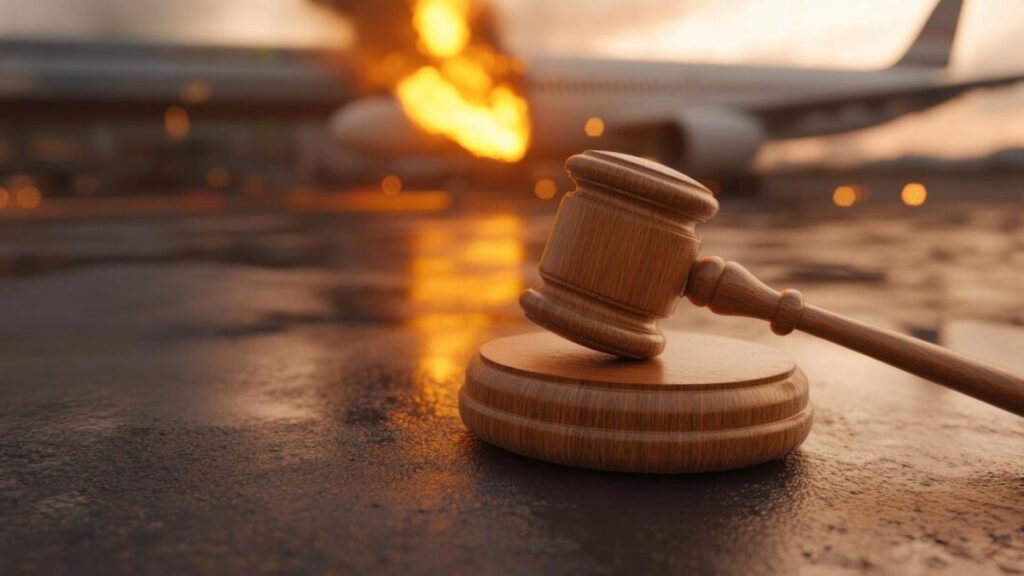In recent years, wilderness therapy programs have gained popularity as a means to help struggling youth find healing and growth in nature. One such program is BlueFire Wilderness, known for its immersive approach to treatment. However, the spotlight has recently shifted from its therapeutic activities to a serious legal battle that has raised eyebrows across the country. The BlueFire Wilderness lawsuit sheds light on troubling allegations that could reshape how we view these outdoor programs. As families seek answers and accountability, this unfolding situation serves as a stark reminder of the complexities inherent in alternative therapies for troubled teens. What does this mean for clients, families, and the industry at large? Let’s delve deeper into the details surrounding this high-profile case.
Details of the Allegations against BlueFire Wilderness
The BlueFire Wilderness lawsuit centers on serious allegations concerning the treatment of vulnerable youths. Families have come forward, claiming that their children faced harsh and abusive conditions while enrolled in the program.
Reports suggest instances of physical restraint were used improperly. Parents express concern that such methods not only risked their child’s well-being but also contradicted claims made by the organization regarding a nurturing environment.
Some individuals allege emotional manipulation tactics were employed to control behavior. These accusations paint a troubling picture of how participants may have been treated during their time in wilderness therapy.
There are also claims that staff lacked proper training, leading to inadequate supervision. This raises questions about safety protocols and whether they were sufficiently enforced throughout the program.
As details emerge, it becomes increasingly clear that these allegations could impact not just those involved but potentially shake public trust in similar programs across the country.
Response from BlueFire Wilderness
BlueFire Wilderness has publicly addressed the allegations surrounding their program. The organization firmly denies any wrongdoing, asserting that they operate within the bounds of industry standards and regulations.
In their response, BlueFire emphasizes their commitment to providing a safe and therapeutic environment for struggling youth. They highlight testimonials from parents who have seen positive changes in their children after attending the program.
The team also points out that wilderness therapy can often be misunderstood. They stress the importance of recognizing its benefits while addressing potential risks associated with such programs.
These statements illustrate BlueFire’s intention to defend their reputation vigorously. Their focus remains on transparency and accountability as they navigate through this complex legal situation.
Impact on Clients and Families Involved in the Lawsuit
The BlueFire Wilderness lawsuit has sent shockwaves through the lives of many clients and their families. For those seeking healing in nature, this legal battle evokes deep emotions and concerns about their experiences.
Families are left grappling with uncertainty. They question the safety measures in place and whether they chose the right program for their loved ones. Trust is a fragile thing, easily shattered by allegations that raise red flags.
Additionally, former clients may find themselves reliving painful memories as they navigate discussions about what transpired during their time in the program. The emotional toll can be significant; therapy was meant to be a refuge, not a source of distress.
Amidst these challenges, support networks have emerged among families affected by the lawsuit. Many share stories and strategies for coping while advocating for change within wilderness therapy programs across the board.
Similar Cases and Controversies in the Wilderness Therapy Industry
The wilderness therapy industry has faced its share of scrutiny through various lawsuits and scandals. Similar to the BlueFire Wilderness lawsuit, other programs have encountered allegations ranging from neglect to abuse.
One notable case involved a program that claimed to provide transformative experiences but was accused of using excessive physical restraint on participants. Families sought justice for what they felt were harmful practices disguised as therapeutic interventions.
Another controversy arose when parents reported injuries sustained during outdoor activities. These incidents raised questions about safety protocols and instructor training within the wilderness setting.
As public awareness grows, advocacy groups are pushing for greater transparency in these programs. The demand for accountability is louder than ever, highlighting the need for change across the industry to ensure participant well-being remains a top priority.
The Importance of Proper Regulations and Oversight in Programs like BlueFire Wilderness
Proper regulations are vital for programs like BlueFire Wilderness. They ensure that safety protocols are in place, protecting vulnerable youth and their families.
Programs operating without sufficient oversight can lead to negative outcomes. When accountability is lacking, clients may face risks that could have been prevented.
Regulations help maintain high standards of care. This includes staff training, emergency procedures, and therapeutic practices tailored to each individual’s needs.
Moreover, transparency builds trust between the program and families seeking help. Clear guidelines enable parents to make informed decisions about treatment options.
An industry-wide commitment to proper oversight can elevate the standard of care provided by wilderness therapy programs. It promotes a healthier environment for growth and healing among participants.
Conclusion: Lessons Learned and Future Implications for the Industry
The BlueFire Wilderness lawsuit has opened a crucial dialogue about the standards guiding wilderness therapy programs. As families seek help for their struggling youth, they must also be aware of the potential risks involved in these types of treatment.
This legal battle underscores the importance of transparency and accountability in such programs. It calls into question how services are delivered and monitored, highlighting a need for stricter regulations to protect vulnerable clients.
As this case unfolds, it serves as a reminder that while wilderness therapy can offer transformative experiences, safety should always come first. The outcome may prompt industry-wide changes, ensuring that all therapeutic programs adhere to high standards of care and ethical practices.
Moving forward, stakeholders—including parents, professionals in mental health care, and regulatory bodies—should advocate for clearer guidelines in wilderness therapy. These collaborative efforts could lead to better protection for those who rely on these services during critical times in their lives.






